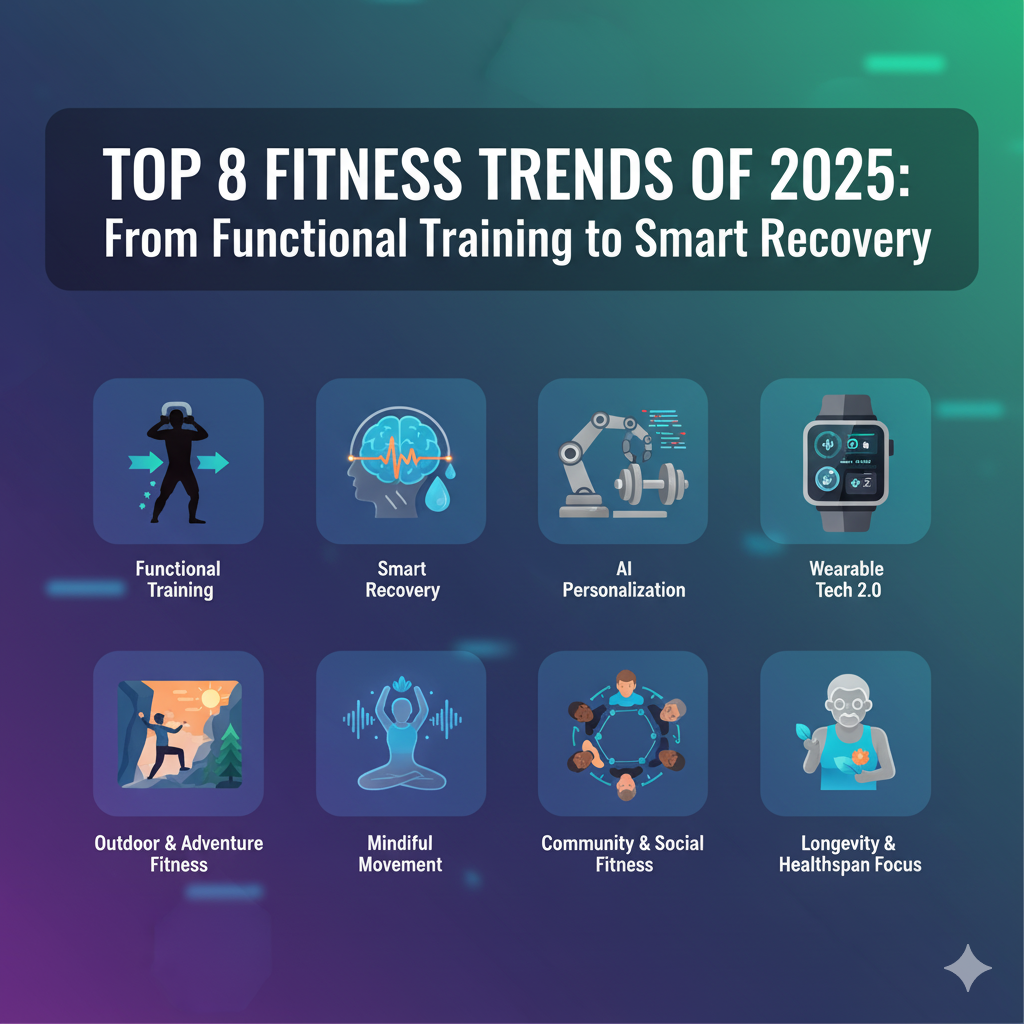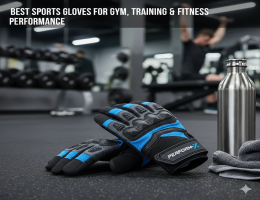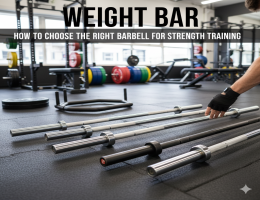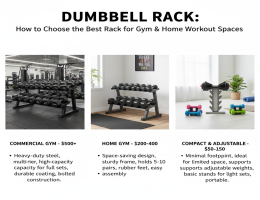
Top 8 Fitness Trends of 2025: From Functional Training to Smart Recovery
Posted on: 23 Sep, 2025
Fitness in 2025: Personalized, Tech-Driven, and Recovery-Focused Workouts
The fitness world is evolving rapidly, and 2025 promises some exciting trends for people of all ages and skill levels. Gone are the days when working out meant simply hitting the gym or running on a treadmill. Today, fitness is more personalized, tech-driven, and recovery-focused than ever before. Whether you’re a beginner, a busy professional, or a dedicated athlete, understanding these trends can help you stay ahead and get the most out of your workouts.
1. Functional Training for Everyday Strength
Functional training continues to dominate the fitness scene in 2025. Unlike traditional workouts that focus solely on isolated muscles, functional training emphasizes movements that mimic real-life activities. Squats, lunges, and kettlebell swings help improve balance, mobility, and overall strength. This type of training reduces the risk of injuries in daily life and enhances performance in sports and physical activities.
2. Hybrid Workouts: Home Meets Gym
With busy schedules, hybrid fitness routines have become increasingly popular. People are mixing gym workouts with home exercises to save time while maintaining consistency. For example, you can combine treadmill sessions or dumbbell workouts at the gym with skipping rope or bodyweight exercises at home. This flexible approach makes fitness more accessible and sustainable.
Check out our Dumbbells Collection for versatile home strength training options.
3. Smart Wearables and AI-Powered Tracking
Fitness technology is making workouts smarter. Wearable devices and AI-powered apps track your heart rate, calories burned, sleep patterns, and recovery metrics. This data-driven approach allows users to personalize their workouts, monitor progress, and optimize performance. In 2025, more people are using technology to ensure they train efficiently while avoiding overtraining.
4. Strength Training Still Rules
Strength training isn’t going anywhere. Muscle-building workouts help improve metabolism, bone density, and overall body strength. In 2025, strength training is no longer just for bodybuilders—it’s a key component of general health and wellness. Incorporating exercises like squats, push-ups, and dumbbell routines can help anyone build lean muscle and increase functional fitness.
Discover our Ankle Weights to add controlled resistance and enhance your strength training sessions.
5. Short & Intense Workouts (HIIT & Micro Workouts)
Time is often the biggest barrier to fitness. High-intensity interval training (HIIT) and micro workouts have gained popularity because they deliver maximum results in minimal time. Even a 15–20 minute session can improve cardiovascular health, burn fat, and boost energy. These short bursts of exercise are perfect for busy professionals and students looking for effective workouts without long gym hours.
6. Mental Health and Fitness Integration
In 2025, fitness is about more than just the body—it’s also about the mind. Activities like yoga, meditation, and even sports like chess or carrom are being recognized for their mental health benefits. Exercise reduces stress, enhances focus, and improves mood. Combining physical activity with mindfulness ensures a holistic approach to wellness.
7. Recovery Takes the Spotlight
Recovery is now an essential part of every workout routine. Overtraining can lead to injuries, fatigue, and poor performance. Recovery trends in 2025 include mobility exercises, foam rolling, stretching, and contrast therapy (alternating hot and cold showers). Prioritizing recovery helps the muscles repair faster, reduces soreness, and improves overall performance.
8. Nutrition and Fitness Balance
Nutrition continues to play a critical role in fitness trends. High-protein diets, proper hydration, and nutrient timing are becoming increasingly important. While protein supports muscle growth and repair, experts caution against overconsumption. Balanced nutrition combined with smart workouts ensures sustainable fitness results.
Conclusion
The fitness landscape in 2025 is more dynamic, personalized, and recovery-focused than ever. From functional training to smart wearables, hybrid workouts, and mental health integration, staying fit is about balance and consistency. By adopting these trends, you can optimize your workouts, enhance recovery, and achieve long-term wellness.







Comments
No comment yet.